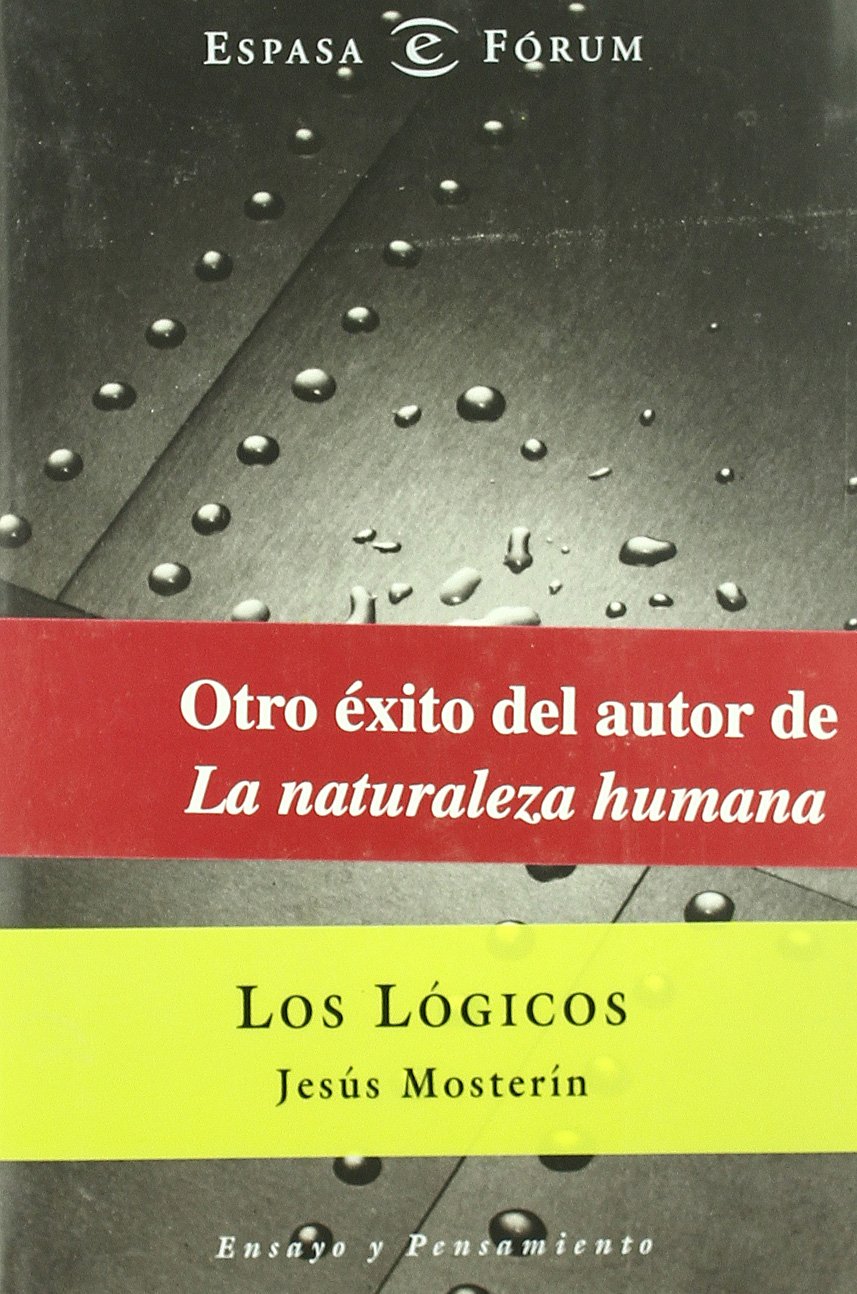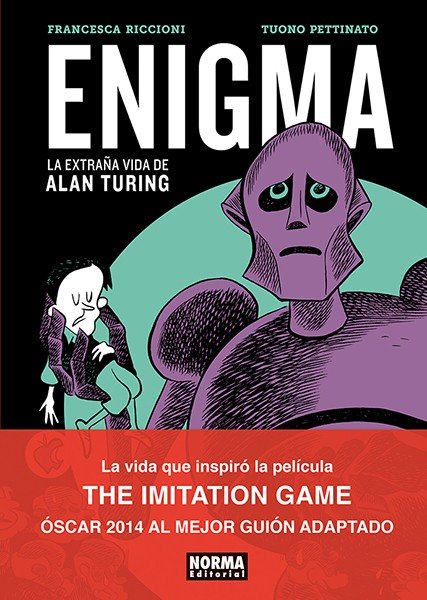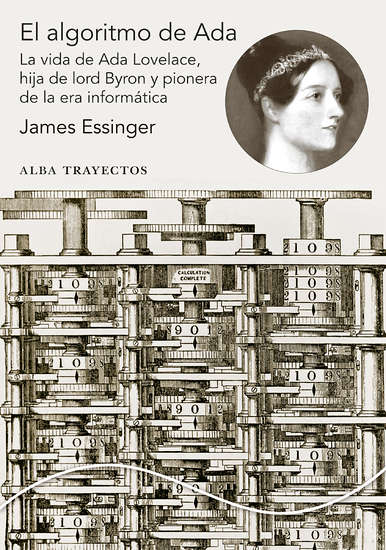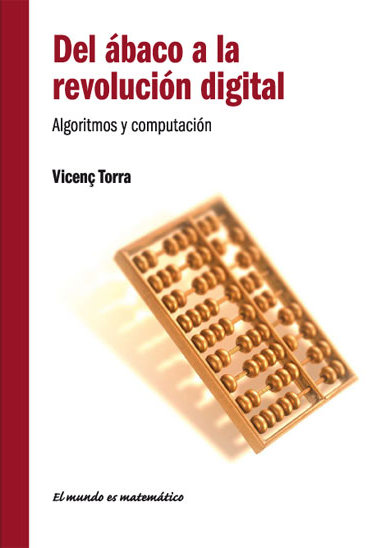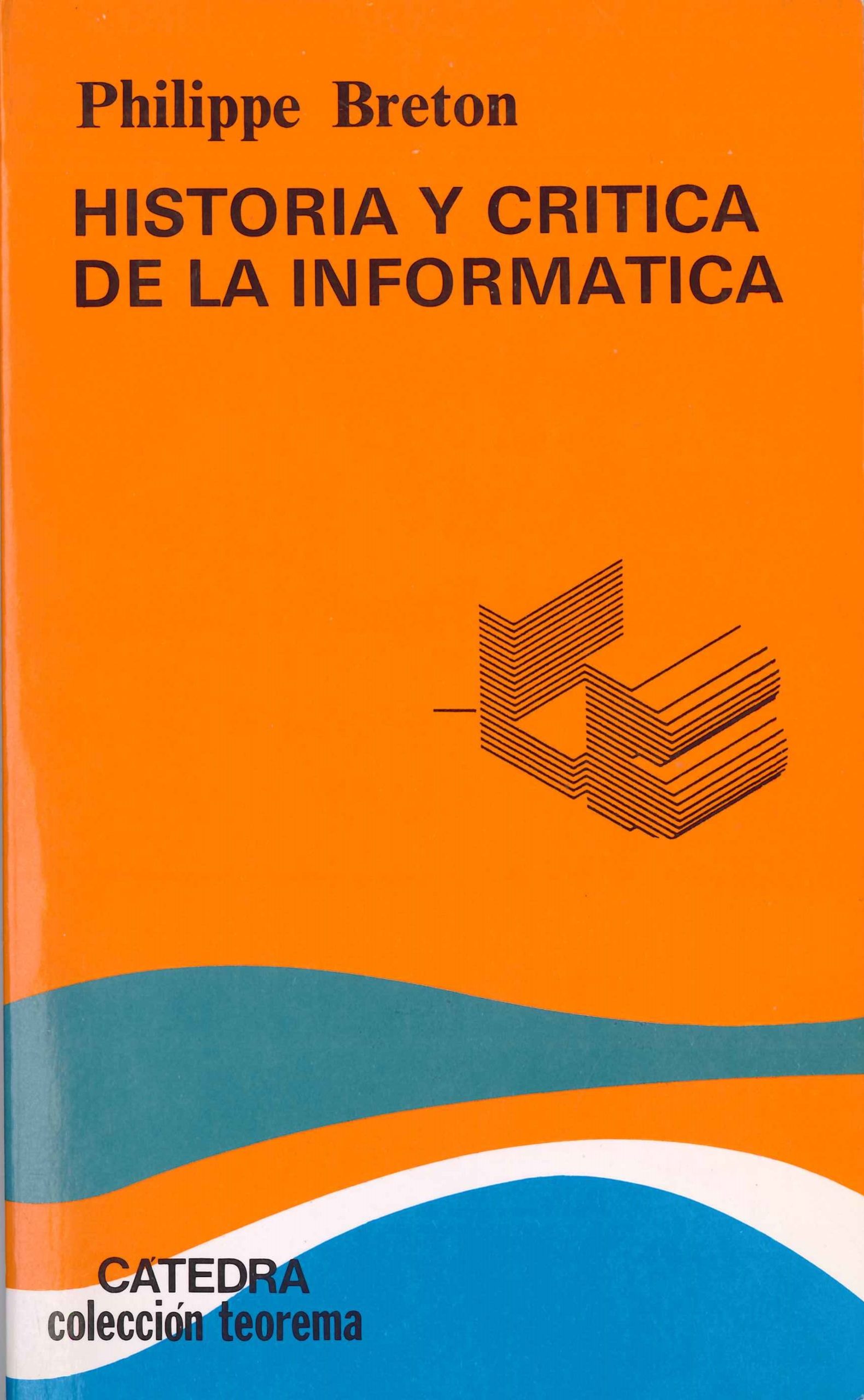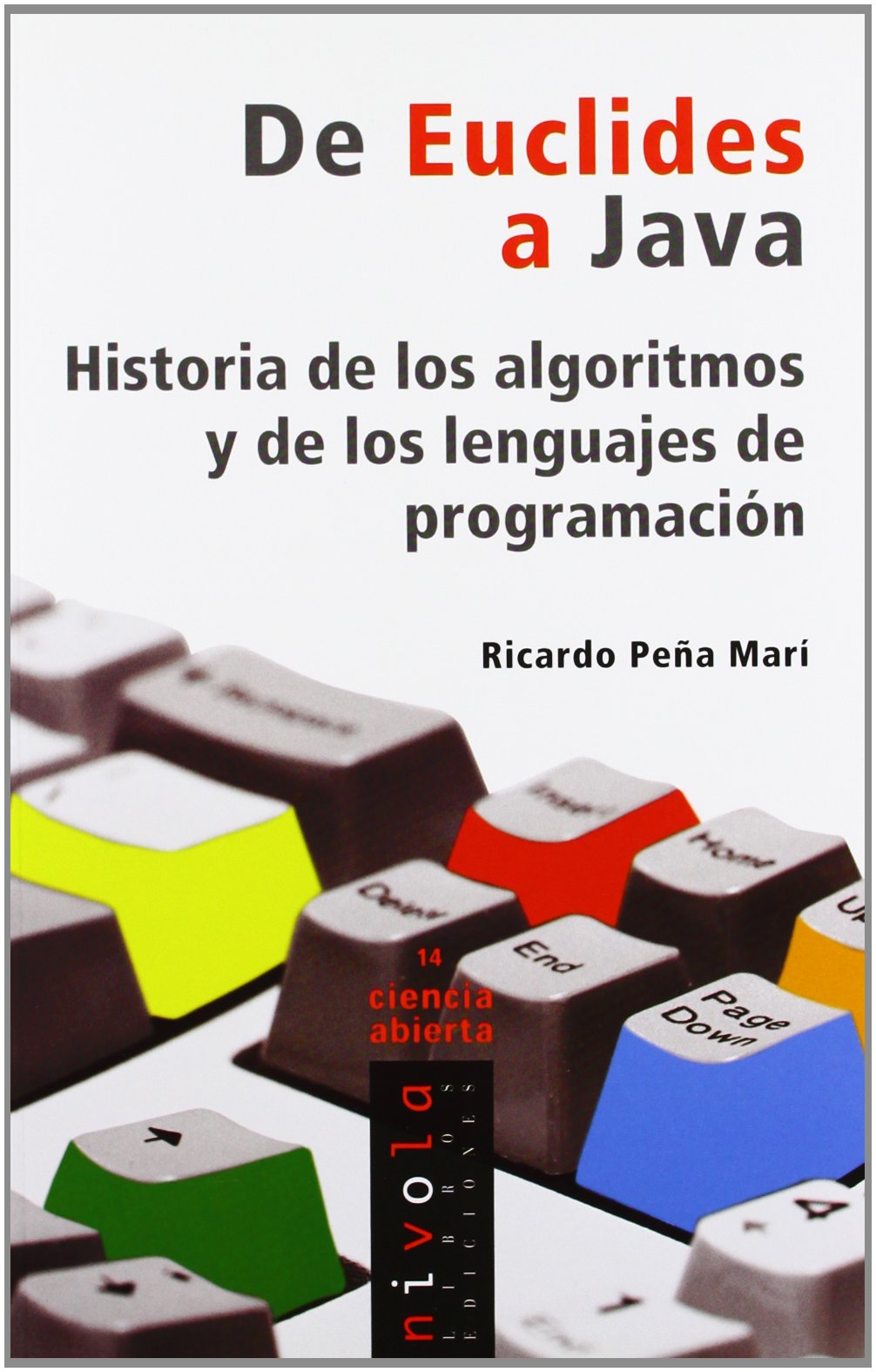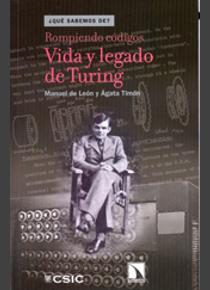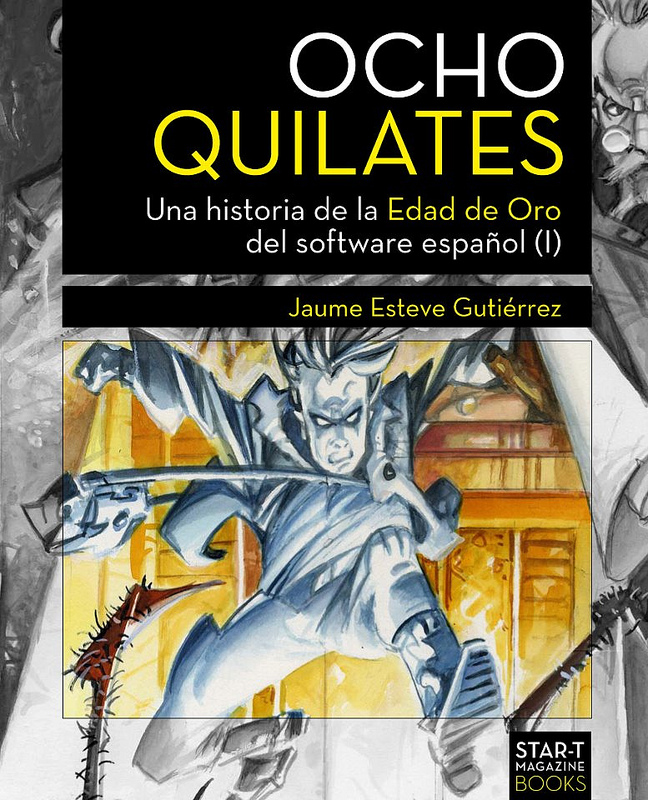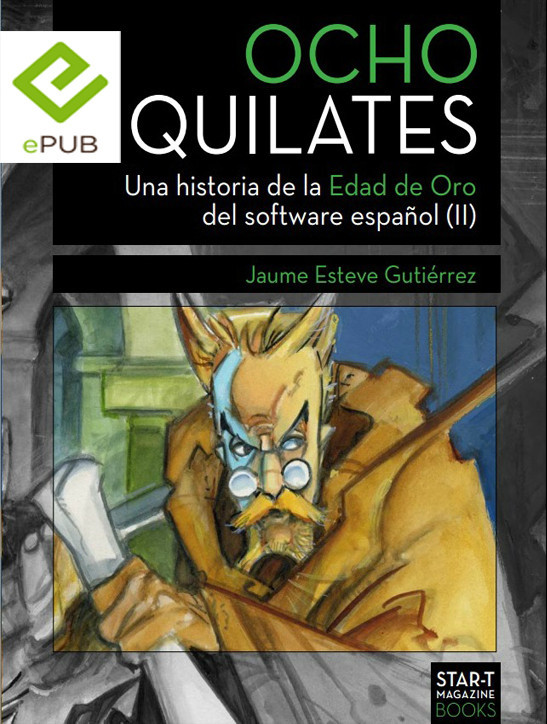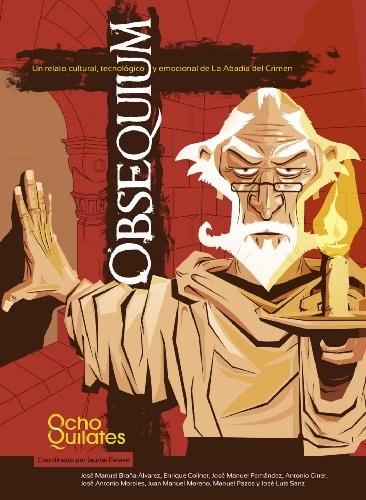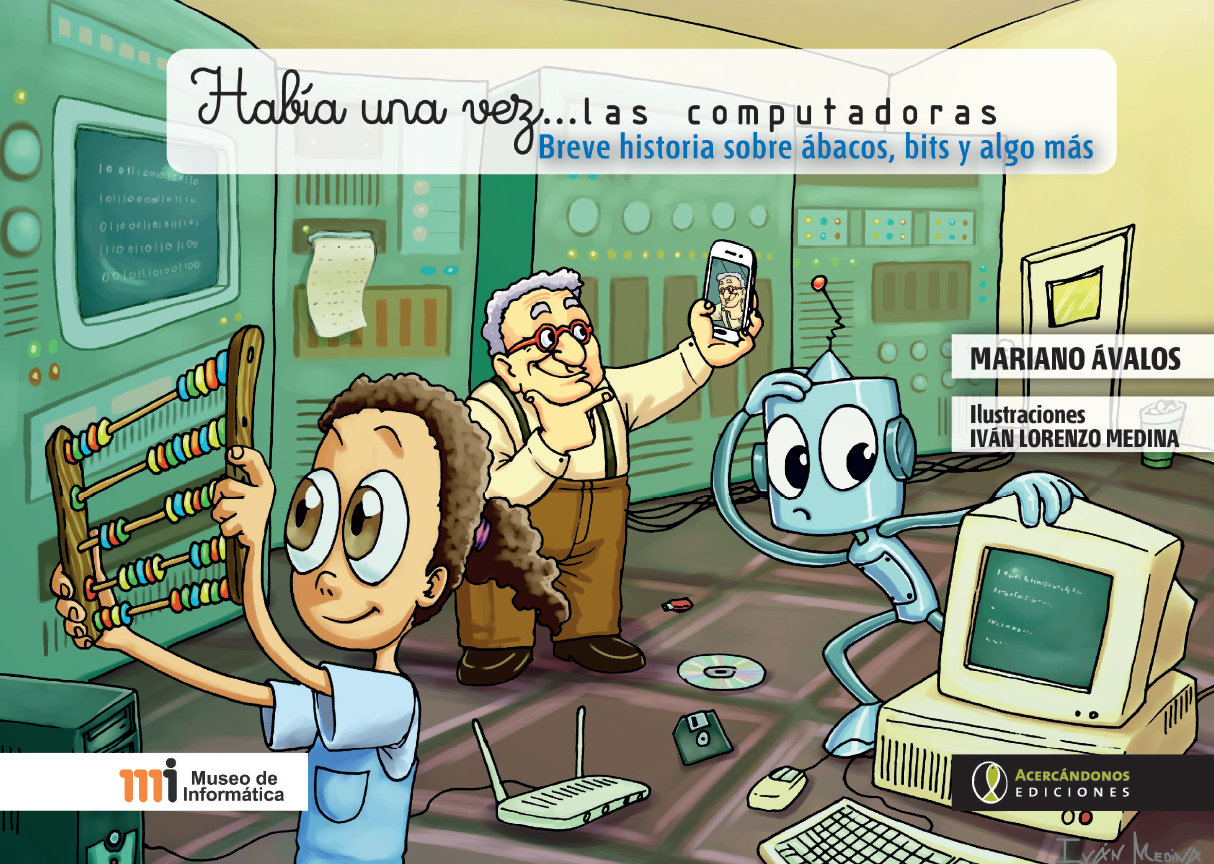 |
Título: Había una vez Autor: Mariano Ávalos Editorial: Acercándonos Editorial ISBN: 978-987-4400-51-2 Reseña: Un recorrido ameno que muestra a los más pequeños cómo la computación no empezó con las computadoras. De una forma didáctica, unos simpáticos personajes del Museo de Informática de Buenos Aires muestran la necesidad de toda la humanidad de realizar cálculos, las herramientas que ha utilizado desde la antigüedad y las personas que marcaron hitos fundamentales en esta evolución y cómo llegó el ordenador a la mayoría de hogares. Internet, el almacenamiento de datos en la nube o la computación cuántica no son el final, ¿te atreves a imaginar el futuro?. Enlace a la obra: Pulsa aquí.  |
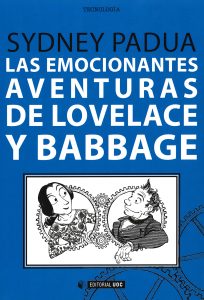 |
Title: The Thilling Adventures of Lovelace and Babbage Author: James Gleick Publisher: Editorial UOC ISBN: 9788491163374 Review: The most dynamic duo in Victorian London: Charles Babbage, the accidental inventor of the computer and his colleague Ada, countess of Lovelace, a peculiar proto-programmer and daughter of Lord Byron. When Lovelace transcribed Babbage’s construction plans for a huge analytical engine machine back in 1842, she added notes three times longer than the original text. Their notes contain the first appearance of the general theory of computing, one hundred years before the real first computer was built. Sadly, Lovelace died of cancer ten years later after her work was published, and Babbage’s machines were never built. |

